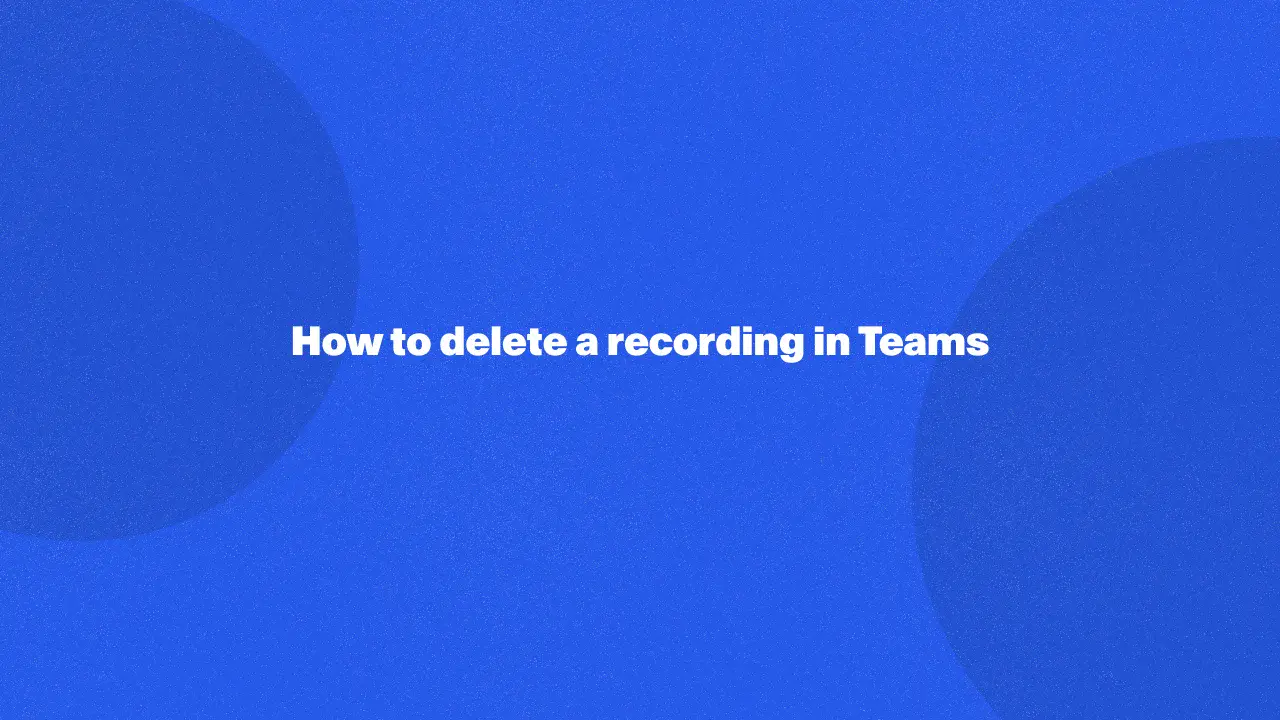
Deleting a Teams recording is a straightforward process that can be completed in a few simple steps. By removing unnecessary recordings, you can free up storage space and maintain a clutter-free workspace.
This guide will provide you with the necessary instructions to effectively delete recordings from your Teams account, ensuring that your digital environment remains organized and efficient. Whether you're looking to declutter your Teams workspace or simply remove sensitive information, this article will equip you with the knowledge and tools to accomplish your goal.
Understanding Teams Recording Storage
Before beginning the deletion process, it’s important to know where Teams recordings are stored. Initially, a meeting recording were saved in Microsoft Stream for organizations using Office 365. However, to improve accessibility and better integrate with other Office 365 applications, Microsoft now stores new Teams recordings in OneDrive for Business and SharePoint for meetings organized within your organization.
Will Teams Delete A Meeting Recording Automatically?
Only the person who created the recording or someone with permission can delete it. Recordings also expire automatically after a set time:
- 20 days for meeting recordings (TMRs)
- 21 days for recordings in Teams conversations
However, you can access and download recordings from OneDrive or SharePoint for up to 60 days. After that, they're deleted automatically.
Admins can also set recordings to never expire. This means you can keep them indefinitely, but admins can still delete them if needed.
How To Delete A Microsoft Teams Recording
To delete a Teams recording, you have two primary options: through Microsoft Stream or via OneDrive and SharePoint. For older recordings stored in Stream, you can manage and delete them directly from there.
For newer recordings, which are saved in OneDrive and SharePoint, you can delete them by navigating to the respective storage locations. Both methods provide a straightforward way to remove unwanted recordings from your storage. Here's how:
To delete a meeting recording from Microsoft Stream:
1. Log in to your Microsoft Stream account.
2. Go to "My content" and find the video you want to delete.
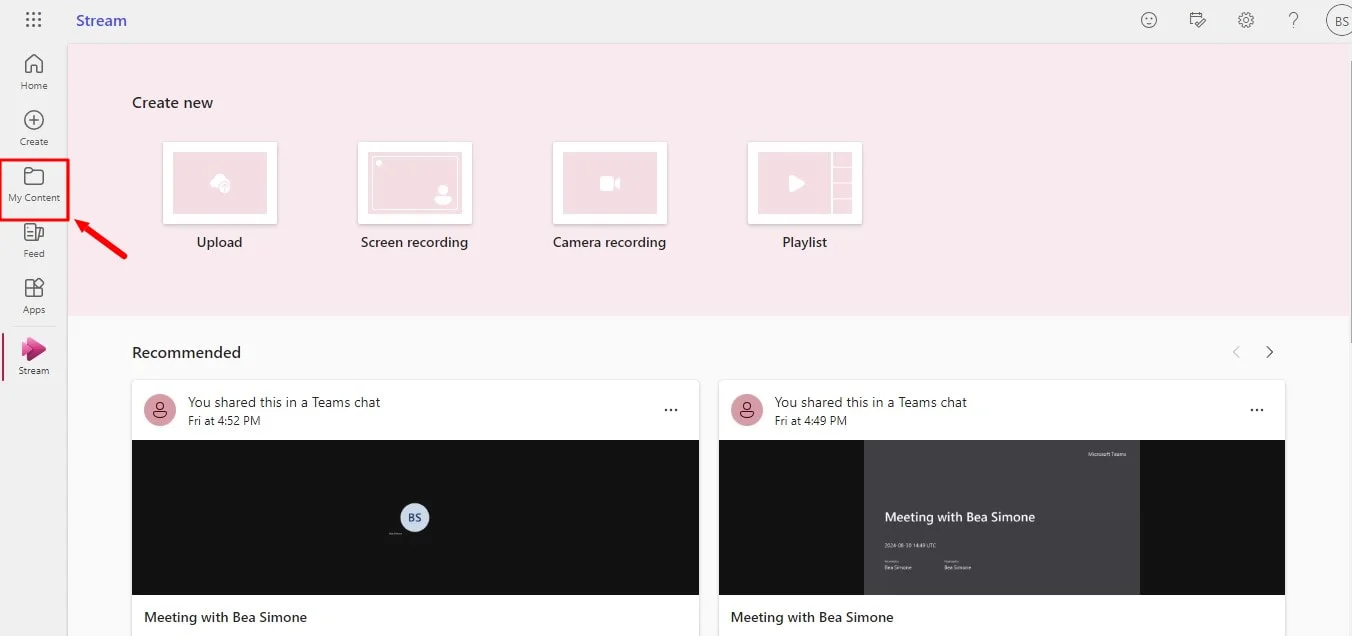
3. Click the three dots next to the video and select "Delete."
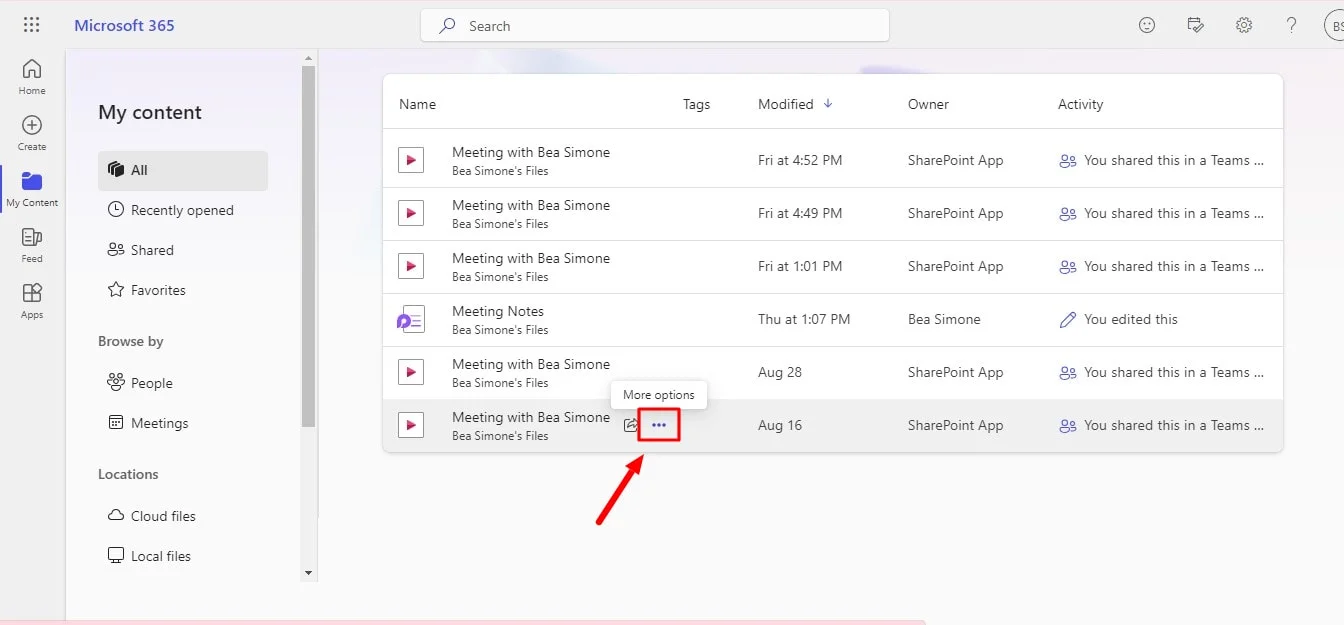
4. Confirm your decision.
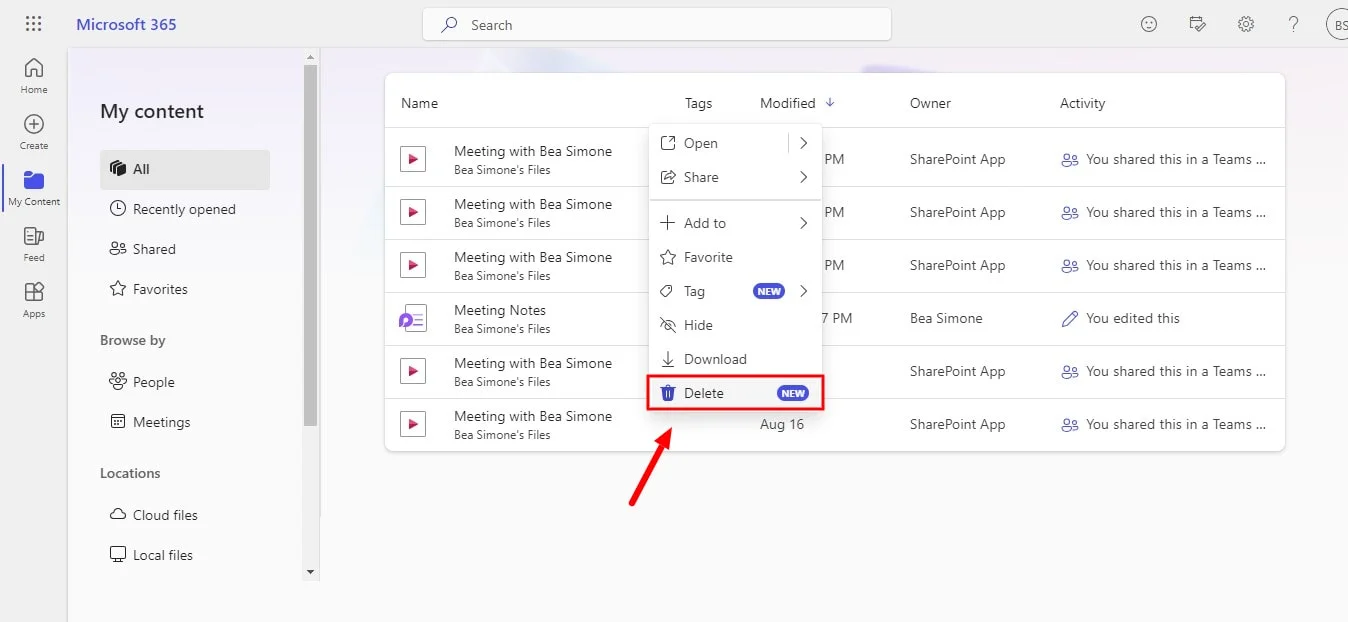
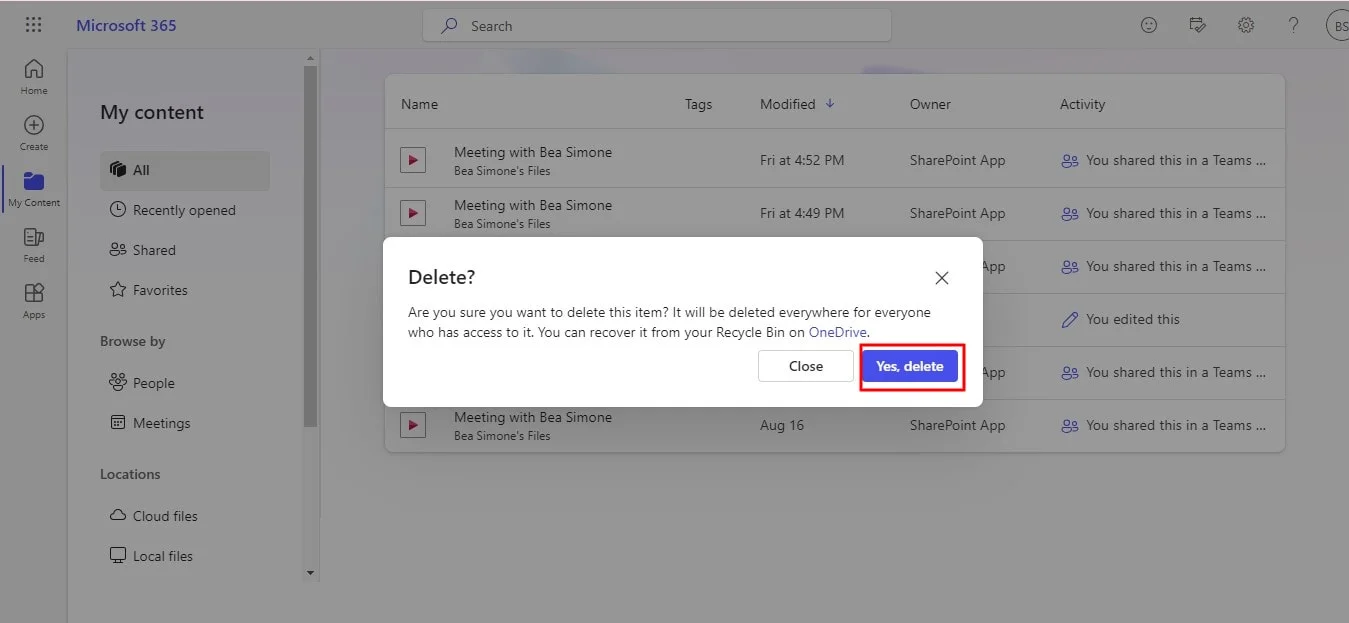
To delete a recording stored in OneDrive or SharePoint:
- Find the meeting recording: Look for it in the meeting chat, channel conversation, or the "Recordings" folder.
- Open the meeting recording: Click on the link directly or go to the file.
- Delete the meeting recording: Select it and choose "Delete." Confirm your decision.
Need to Know About Meeting Recordings
- Ensure that either the person who is the meeting organizer or additional recording owners have access to the Teams meeting recording.
- For Teams channel meetings, recordings are saved in SharePoint, while non-channel meetings are stored in OneDrive.
- Only people with the necessary permissions can delete the recording.
- To delete a meeting recording, locate the recording link in the Teams meeting or channel meetings and select "Delete."
- Meeting recordings in Microsoft Teams may be automatically deleted after a certain period, so it's important to manage them promptly to avoid losing valuable content.
Conclusion
Effectively managing to delete recordings of Teams meetings is crucial for maintaining accurate records and ensuring important information is captured. By understanding how to store, access, and delete your meeting recordings, you can streamline your workflow and avoid losing valuable content.
Bluedot is the ideal tool for recording Microsoft Teams notes and even Google Meet transcription, especially when screen sharing is involved. Its user-friendly interface and robust features make it a standout choice. Bluedot not only records meetings, but also allows you to edit your meetings, provide permissions to additional owners, and even delete recordings.
Key benefits of using Bluedot include:

%201.svg)
